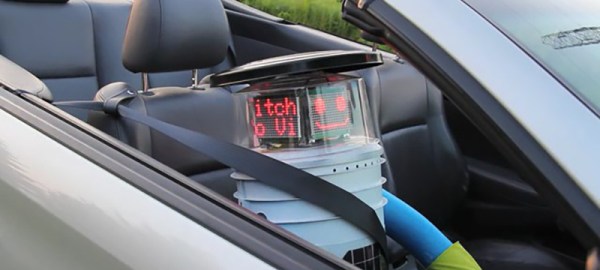[Niklas Roy] is at it again. Summer time means beer time and what better way for him to distribute beer at outdoor parties than a with an amazingly agile remote controlled beer crate capable of handling rough backyard terrain. With the controller firmly in hand he could even institute a leave-an-empty, take-a-beer policy to speed clean-ups.
We’ve seen awesome beer dispensing robots with all the bells and whistles in the past, from ones that are moving coolers, decapping the beer before handing it off, to BREWSTER the modified roomba who’ll fetch you a beer from a mini-fridge. [Niklas]’ RC beer crate sits at the simplicity end of the spectrum, reminding us of the no nonsense Star Wars mouse droid that wandered the Death Star’s corridors. The beer crate sits on a low wooden platform with a lip added to it to keep the crate from sliding off. Under the platform are your basics: 2-channel RC receiver from a cheap toy car, H-bridges, two windscreen wiper motors and wheels, a LiPo battery, an on/off switch and two casters. For an arcade feel, the RC controller is a modified Competition Pro offering retro joystick steering.
As you can see from the video after the break (with a party-appropriate Metal soundtrack) it’s incredibly stable, moving rapidly over patio stones, from patios stones to dirt and lawn and even up messy inclines. This one’s sure to add excitement to many parties, while keeping party goers well served.
Continue reading “RC Beer Crate Handles Rough Terrain Like A Pro”


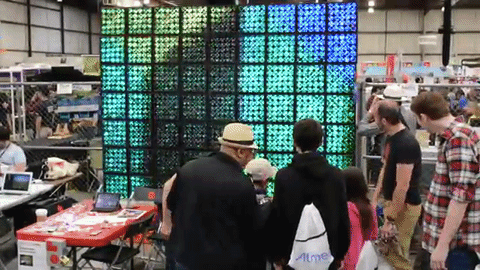
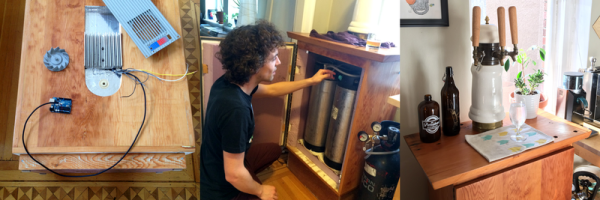

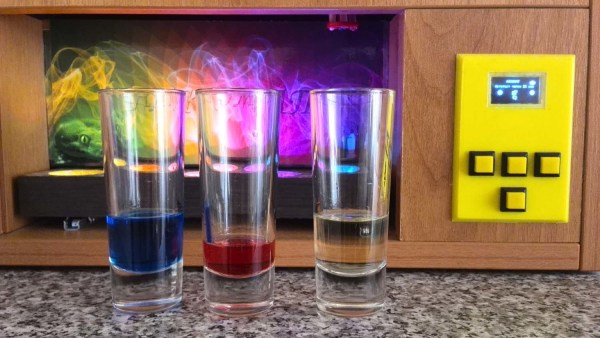

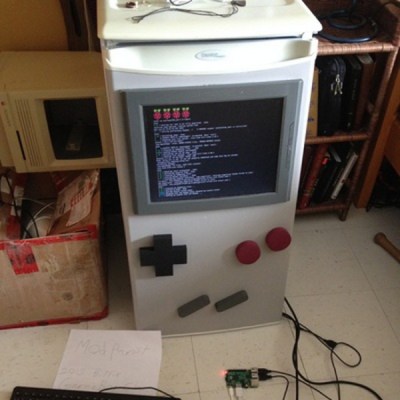 Making a mini fridge into a playable gameboy
Making a mini fridge into a playable gameboy